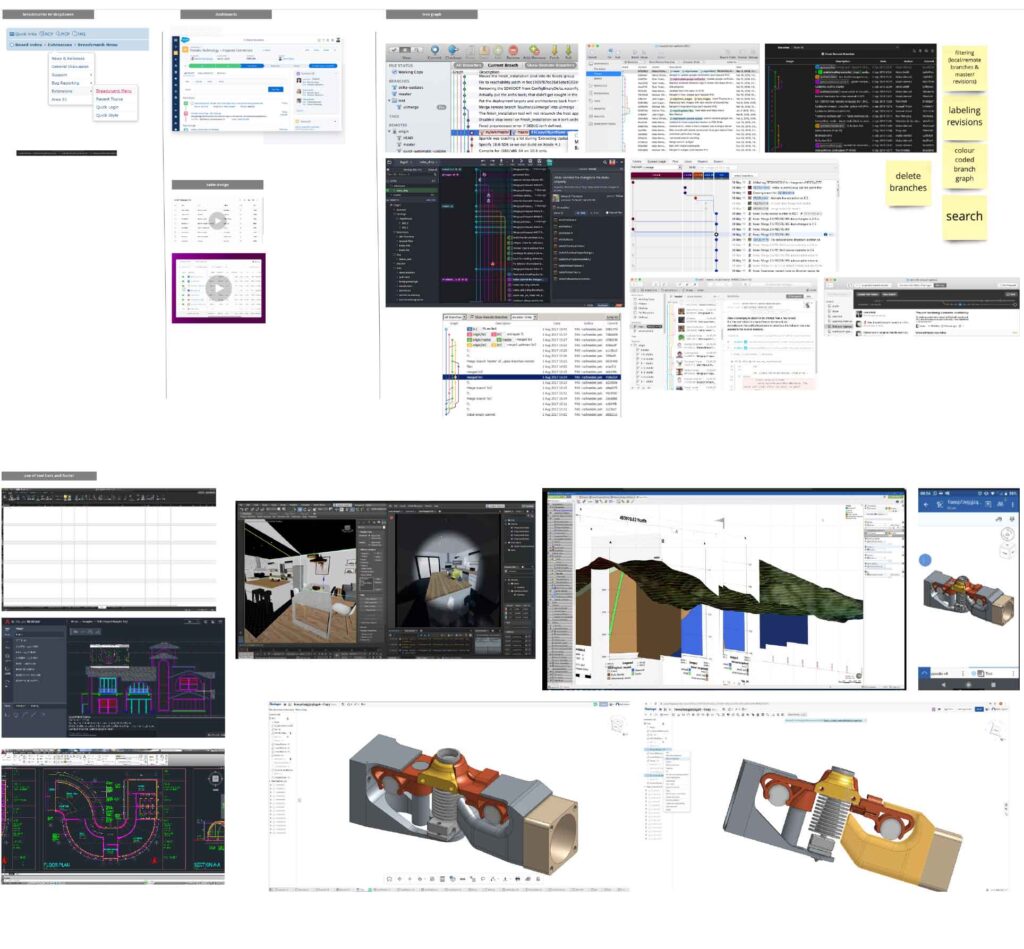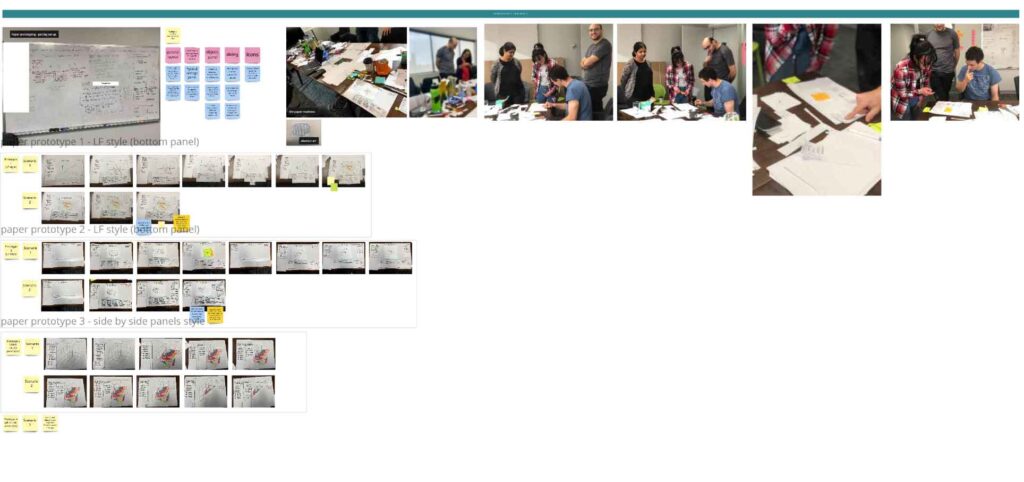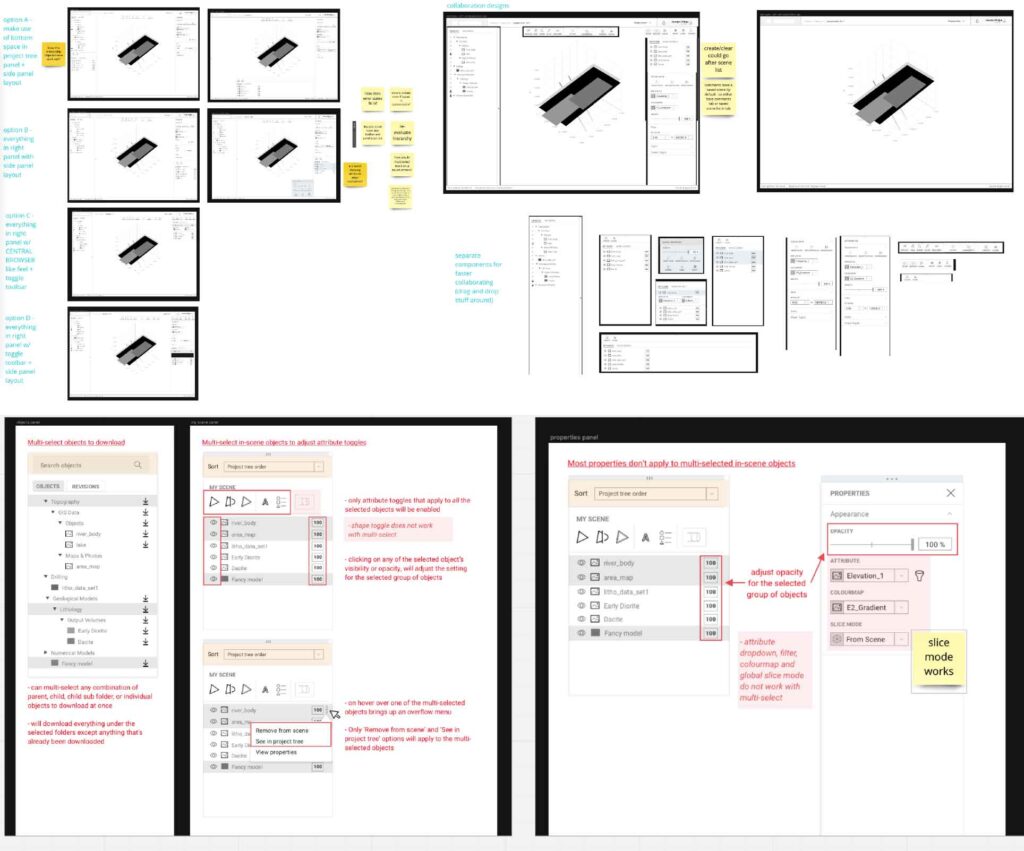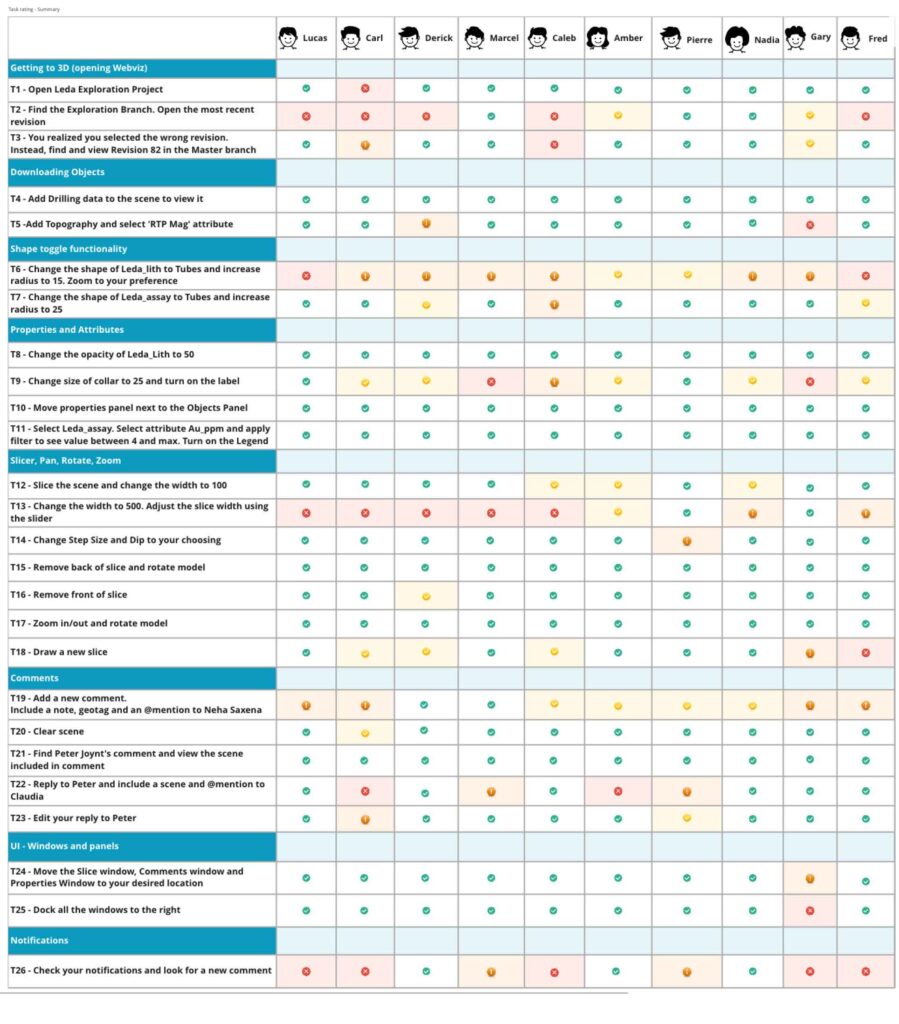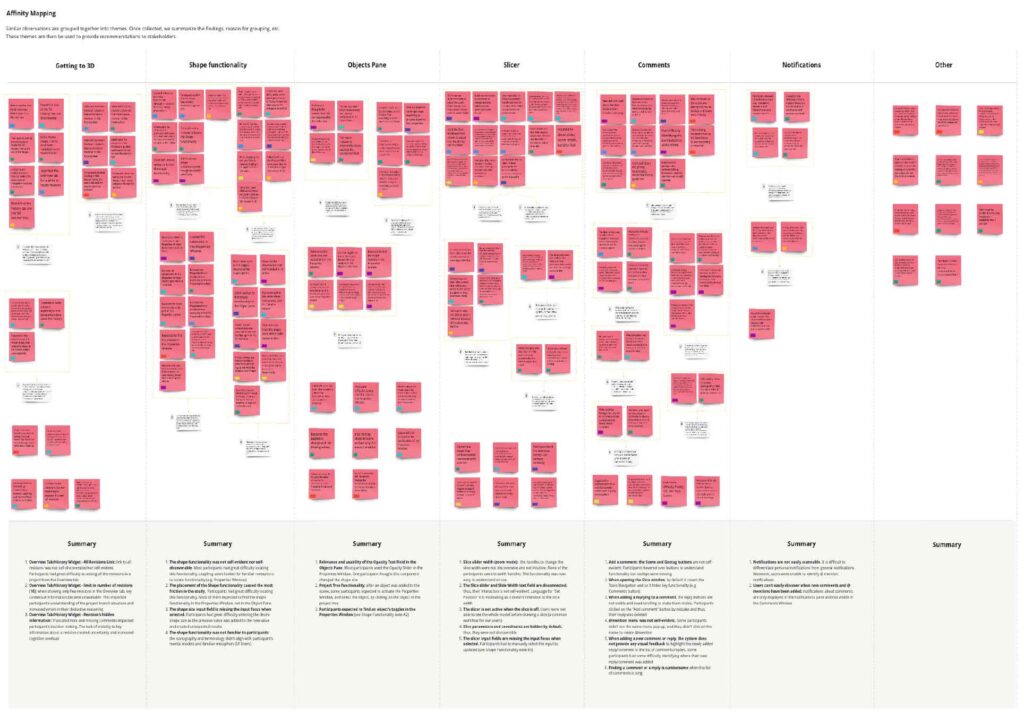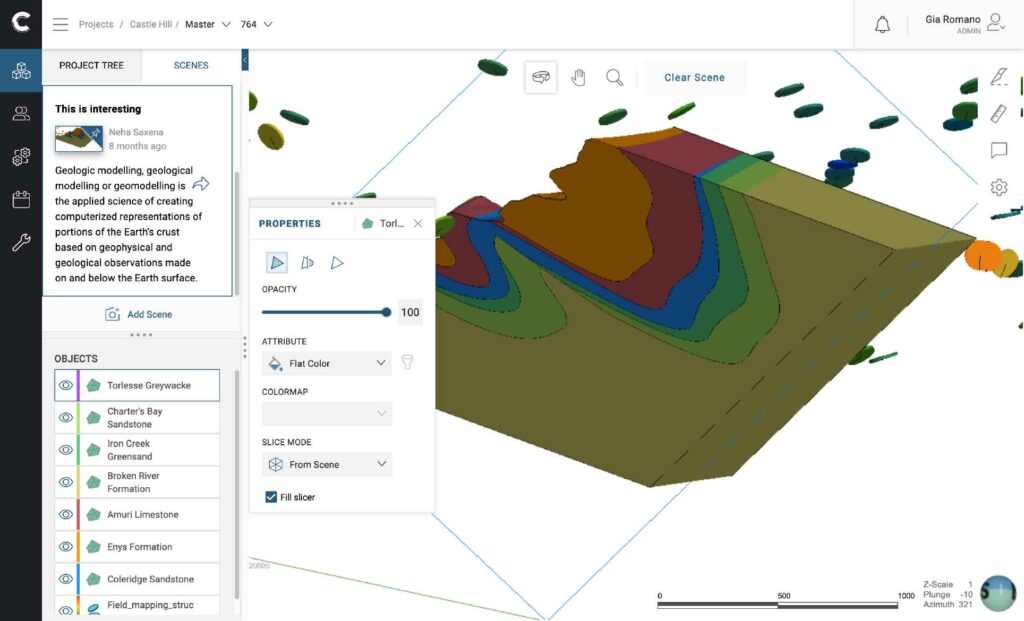Within an open cloud-based environment of solutions connected through seamless integrations, mining companies will be able to bring together data, services and applications in real time. In the past, 3d modelling software was best suited for desktop applications, files were large and required inordinate amounts of processing capability. Through extensive R&D, our team is working towards bringing this technology to the cloud allowing users to open and interact directly in a web browser, wherever they are and with no training required.
Role
I led the UX/UI design for WebViz, a cloud-based platform that simplified the interpretation of geological data and offered real-time updates via APIs from field operations to head office teams.
Outcome
Successfully delivered an intuitive user interface that increased user adoption and reduced the time taken for decision-making by 30%.
Project Context
WebViz is a geological modelling platform that allows users to visualise underground geology from drill hole data. Traditionally, our products were complex desktop applications, but WebViz marked a significant shift as our first cloud-enabled platform. This allowed users to access real-time data from field drilling efforts and office-based teams simultaneously, through complex API integrations.
Challenges
- Complex Data: The geological data is inherently detailed and often difficult for non-experts to interpret.
- Real-Time Collaboration: We needed to enable real-time updates between drilling teams in the field and decision-makers in the head office.
- Transition to Cloud: Shifting from large desktop applications to a scalable, cloud-based system while maintaining high performance and usability.
Design Approach
User Research & Problem Definition
I conducted extensive research through interviews with geologists, project managers, and business stakeholders. The primary challenge was simplifying the data for non-technical users while ensuring that technical users had the tools they needed for detailed analysis.
Using the desktop application as a base, we had a series of workshops with internal stakeholders and key customers to fleshout flows. We concluded with paper prototype session working collaboratively to build a set of loose flows.
Wireframes & Prototyping
Based on the insights gathered, I developed wireframes and interactive prototypes using Figma. These initial designs helped test workflows and visualisations, ensuring that the user experience remained smooth despite the complexity of the data.
Here’s a summary of the design phases:
- Wireframing and Ideation: Created low-fidelity wireframes to map out key interactions.
- Prototyping: Developed interactive prototypes for both the desktop and cloud platforms.
- Usability Testing: Conducted rounds of testing with geologists and field staff to refine the interface.
Findings
Organised changes into affinity maps by features to present updated prototypes back to the business for buy-in and move onto development.
Solution
The final design of WebViz embraced a clean, responsive interface that worked seamlessly across devices and environments, focusing on delivering real-time data visualisation and collaboration.
Key Design Features:
- Real-Time Data Access: Integrated APIs allowed users to view updates from drilling efforts in real-time, whether in the field or in head office.
- Interactive Geological Layers: Users could toggle between different geological layers to visualise mineral distributions.
- Cloud Integration: The platform’s cloud functionality allowed for collaborative data sharing, ensuring consistent, real-time updates across teams.
- Cross-Platform Consistency: We maintained a consistent user experience across both desktop and cloud environments.
Results
- Improved Efficiency: Real-time updates and cloud integration reduced the time spent on data analysis by 30%.
- Increased Adoption: User adoption increased by 20%, particularly among non-technical users, thanks to the intuitive design.
- Enhanced Collaboration: Field teams and head office could now collaborate more effectively through a shared, cloud-based platform.

